More than ever before, the idea of a truly futuristic city seems in sight. Urban areas have developed tremendously in recent years, but they’ve also shown how easily reckless development can cause more problems than it solves.
Let’s see what futuristic cities may bring to the table in the not-too-distant future — and what problems they will need to solve.
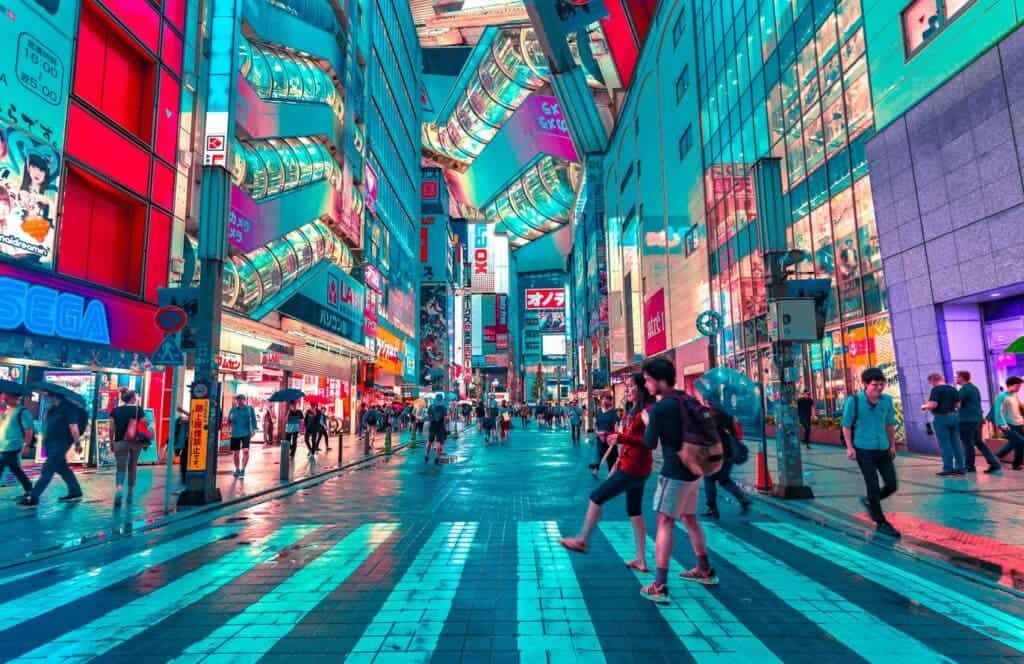
Solutions that work for everyone
Sometimes, the future doesn’t really look like we imagine it. Flying cars are unlikely to become a reality anytime soon, although skyscrapers have become rather common across many cities. The first step towards building a futuristic city starts before laying a single brick. It starts with a vision.
Foresight is extremely important in urban planning. Global temperatures are changing, people’s needs and desires are changing, our infrastructure and communication are also changing. The vision needs to be both big and small — it needs to work on the city level, but also for individual areas and communities. As cities grow and continue to develop, we must be careful not to leave anybody behind.
“Future Cities will need to be optimized across multiple scales – no longer can we propose solutions that work well for a single site or even a neighborhood,” says Courtney Crosson, Assistant Professor at the University of Arizona School of Architecture, who focuses on energy and sustainability solutions for cities. “We have a responsibility as designers to consider impacts across multiple scales and optimize designs across those scales.”
There are many moving parts that city planners will need to account for. Things like the changing job market, immigration, and environmental pressure (specifically global warming) are outside of the control of cities, and yet they will need to be accounted for. Since not everything can be controlled, the key to reliable foresight is to focus on multiple possible scenarios.
The vision for future cities, therefore, must find ways to ensure both a scientific and a democratic process, aligning the interests of all stakeholders.
Soft and hard: efficient but also livable cities
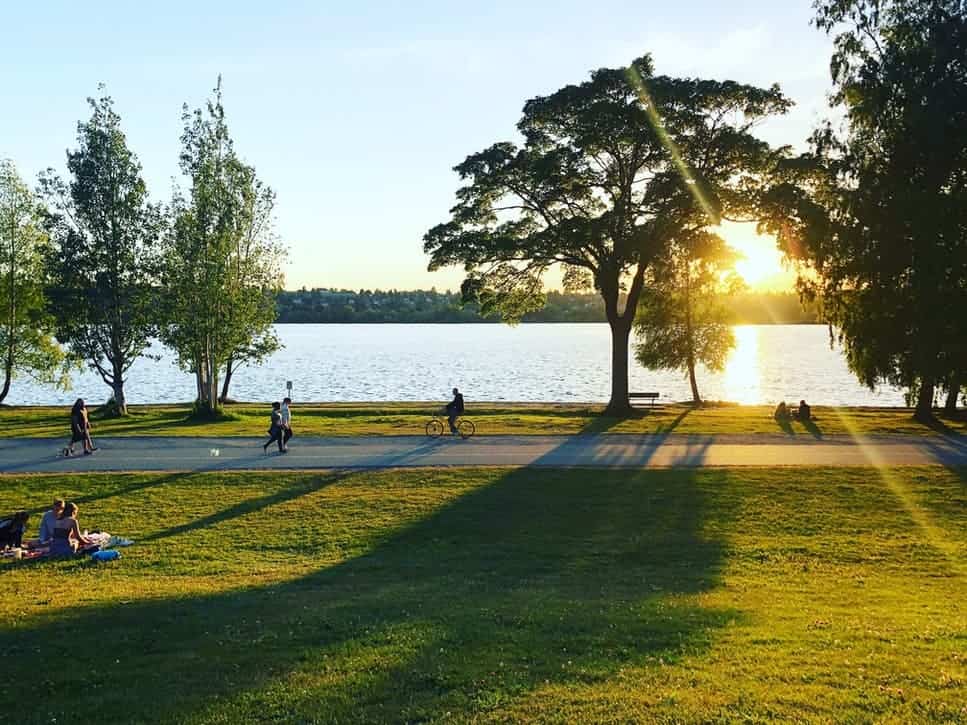
The main takeaway is that it’s not just the physical infrastructure that needs to be emphasized, but also livability. Turning cities into efficient and productive hubs is just half of the story — they need to be pleasant as well. This involves everything from air quality to temperature and sanitation, as well as green areas such as gardens and parks and green infrastructure; quite the challenge for city planners!
However, this challenge might actually be a blessing in disguise. Recent studies and engineering projects have shown that green, ‘soft’ infrastructure often performs better than traditional infrastructure.
“Future Cities will need to be both soft and hard,” Crosson tells ZME Science. “There is a rediscovery that nature still performs better than human designs. The rapid growth and integration of Green Infrastructure into cities is one leading example. With these new ‘softer’ and decentralized infrastructures, operation and maintenance of these greener infrastructures will take new organization and skills to maintain natural performance (as opposed to the fixed design performance of a pipe underground).”
Take the simple example of trees, for instance. Trees provide myriad environmental services, from regulating temperature to reducing stormwater runoff and preventing soil erosion. Economists have worked to quantify these services, and in most cases, found that trees have a very high economic value. Take the case of temperature regulation, for instance — it’s not just the shade that trees provide when taking a stroll, but it could reduce the need for air conditioning, which reduces energy consumption and is eco-friendly in more than one way. Since cities are known to be heat islands, this could play a crucial role in the future. Green roofs are another idea that has proven fruitful in some cases.
The idea behind green infrastructure is both old and new. Naturally, societies love green spaces and find refuge in them from the city’s crowded daily life, but some argue that green spaces are expensive and hard to maintain. This is why it’s important to develop green infrastructure that is not only pleasant but also useful. Here’s an example: lawns can be nice and enjoyable, but they provided little if any environmental services, they are a biodiversity desert, and they need a lot of water and maintenance. The idea behind green infrastructure is to harness the power of nature to provide an ecological framework for social, economic, and environmental health of the surroundings. Absorbent gardens can work in lieu of gutters, green roofs can encourage urban farming and the potential. We can find ways to develop green areas that work with us, that is the key to green infrastructure.
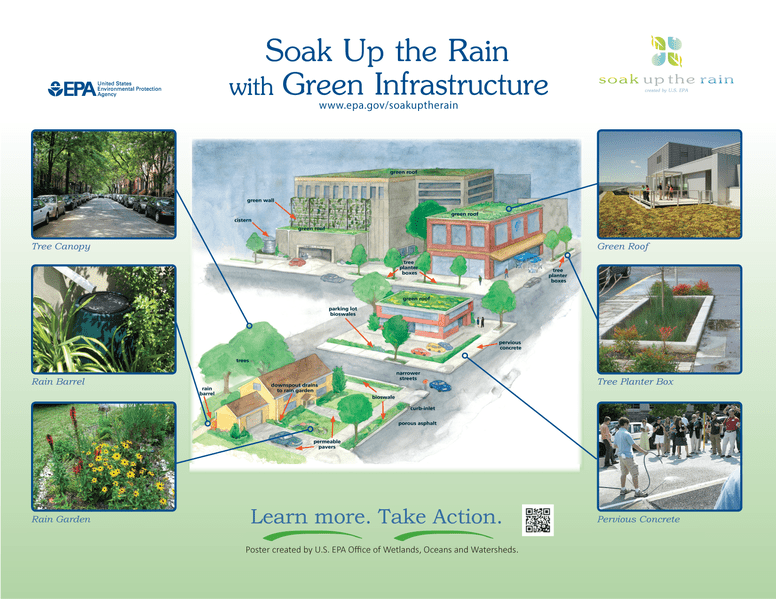
Ideally, cities of the future will create not only value but also comfort, fueling an enduring way of life across the four domains of economics, politics, culture, and ecology. Which means, they will need to be sustainable.
Sustainable cities
Cities are greedy almost by design. They grow on the horizontal and on the vertical, they attract more and more people, they fuel financial and intellectual growth — and yet, a sustainable city would need to find ways of meeting the needs of the present without sacrificing those of the future.
If cities want to keep developing, they will need to figure out ways to use and re-use resources wisely. This goes hand in hand with combining the hard and soft aspects of cities.
“Future Cities will need to do more with less,” notes Crosson. No longer can infrastructure be designed to do one thing well. Our cities need infrastructure that can provide co-benefits across social, economic, and ecological systems. As we retrofit cities with more sustainable and resilient infrastructure, these new designs will need to prove [their] value across multiple dimensions.”
Crosson’s point about infrastructure is a vital one for future cities. Take good old concrete, for instance. Concrete is very good at one thing: it gets building standing tall and strong. But concrete is one of the major contributors to CO2 emissions on the planet and has been called the most destructive material on Earth. In addition to environmental concerns, concrete has also been found to worsen a number of health problems (including respiratory problems) and traps a lot of heat, contributing to the urban heat island effect.
Concrete will undoubtedly be used for decades if not centuries to come, but futuristic cities will not be built on concrete alone, and they will be wise to focus on other types of materials.
This quest for sustainable materials and infrastructure will greatly help cities make their way towards a carbon-free future. But cities can’t do this by themselves — this lofty goal will require a lot of cross-disciplinary and transnational collaboration.
We can only build awesome cities through collaboration, Crosson notes.
“Ultimately this is forcing more and more collaboration between government departments that used to sit in siloed isolation. Again, Green Infrastructure is one example (eg transportation planners and hydrologists and urban ecologists all working together).”
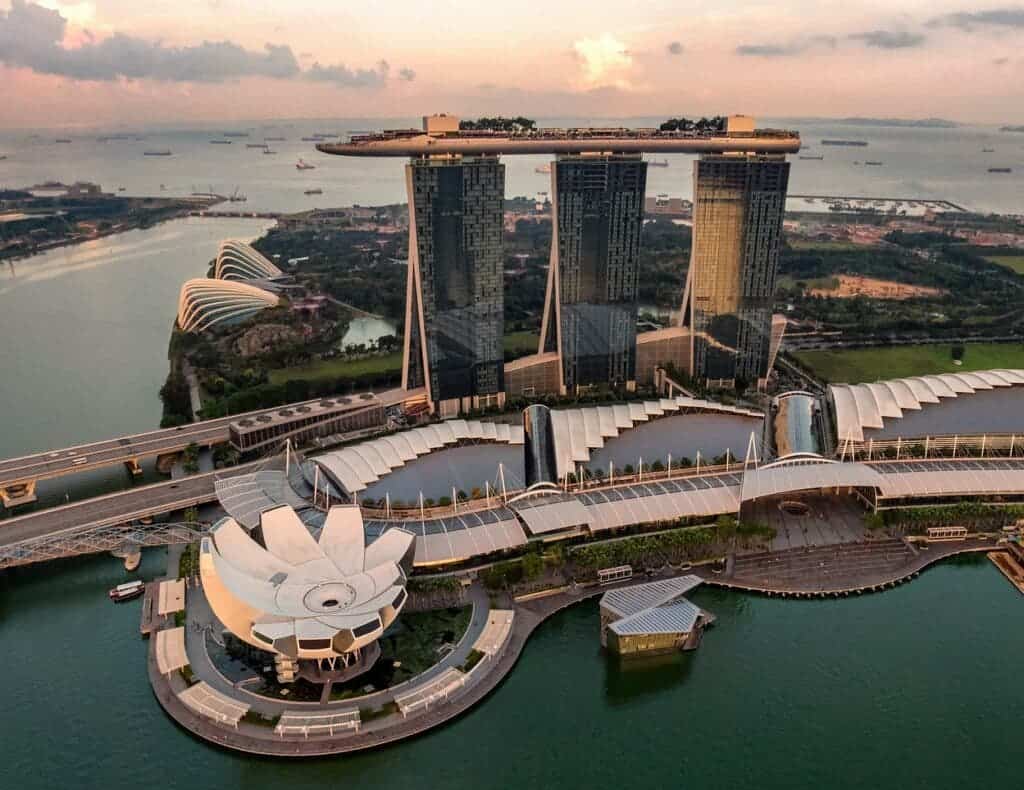
Per What It Might Look Like — Here’s a link to some recent work on (1) the future 2050 city and (2) retrofitting our urban water system for net zero urban water. If you click on read here at the bottom you will be taken to the full 200 page publication that you can flip through. Visual examples in rendering and diagrams:
Transportation
Transportation is the heart of all cities, but rather ironically, too much transportation has become a bad thing in recent times. Traffic jams are a hallmark of all major cities, and that just won’t cut it.
The futuristic city is dense, well-connected, and also walkable, New York architect Vishaan Chakrabart described his vision to 1,200 business and political leaders at the Downtown Seattle Association’s annual breakfast meeting in 2017.
“As the world does change and grow, we need to think about using a lot less land, living in more compact circumstances,” said Chakrabarti, speaking of “metal bubbles” of automobiles that “actually separate us”. Instead, he sees compact cities with walking, biking, and public transit as the future.
“The notion that having a more compact, more dense way of living that is largely rail-based is the better way to go as a city like this grows,” said Chakrabarti, adding that buying more cars or building more roads in an effort to “retrofit a 20th-century technology” is not the answer.
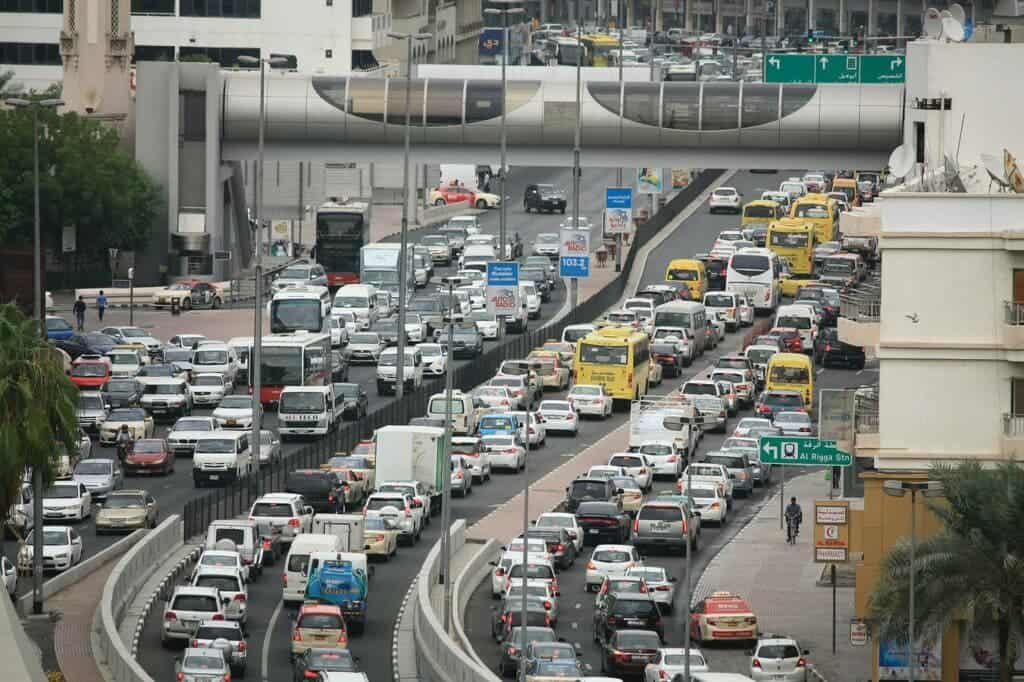
Mayors around the world have spoken about their desire to make cities more compact and interconnected — which by default means more walkability and cycling. Anne Hidalgo, the mayor of Paris, has worked on pedestrian infrastructure and car-free transit. Hidalgo even made the concept of a 15-minute city in the center of her recent reelection campaign with great success.
“Fifteen-minute cities, micromobility, and more space for walking and biking are innovative solutions that will help our cities rebuild and restore our economy while protecting lives and cutting dangerous pollution,” Carol M. Browner, former EPA administrator and board chair of the League of Conservation Voters, said in a press statement supporting the agenda of “15-minute cities”.
Indeed, the idea of having fewer cars on the road is not a new one, but the incentives of having a car have proven hard to overcome. Future cities will need to consider this and figure out ways to get people out of cars and onto sidewalks and public transit.
A well-designed mass-transit system can not only reduce emissions and the time spent on the road, but it can also help tackle economic and social inequality, as was the case in the city of Bogota, Columbia, where a new transit system worked wonders for the city’s less fortunate.
Spending less time inside our cars is also healthy, and we’ve already seen over the course of the COVID-19 pandemic how different (and better) cities would be with fewer cars on the road. In many cities, citizens are expressing their desire to keep the air clean, and many areas are already installing massive networks of cycleways designed to keep fewer people on the street. Electric cars get all the talk, and they absolutely have an important role to play here, but sometimes, the most futuristic solutions are the simplest ones. The humble bike is, in many ways, stronger than the electric car.
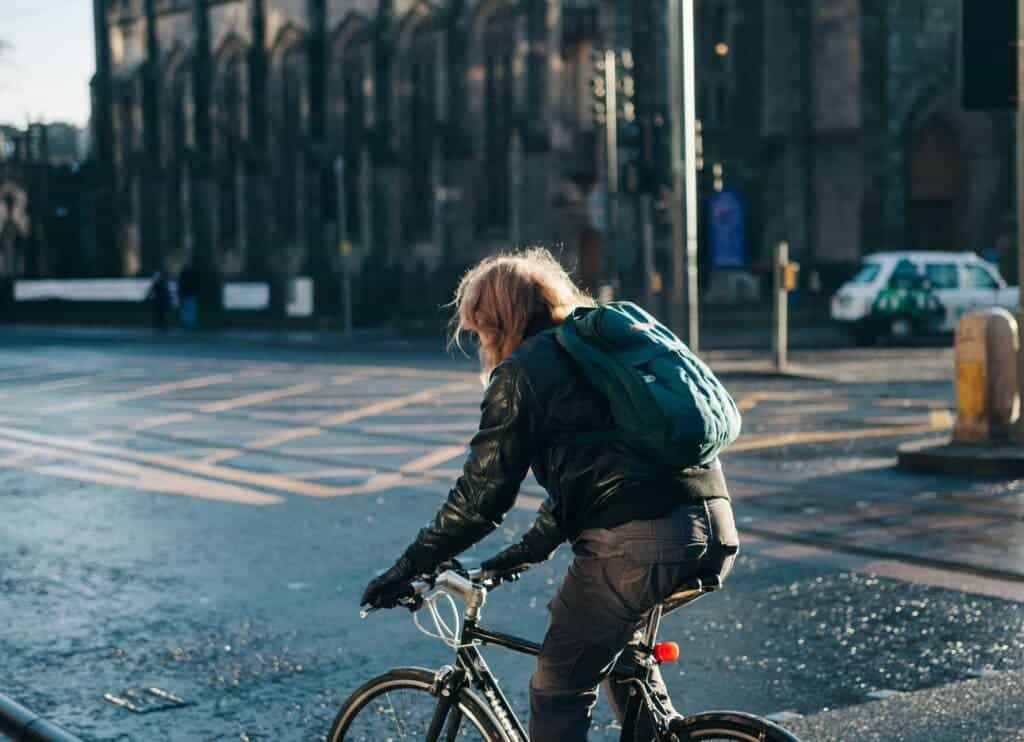
Green energy
Of course, powering the cities of the future will be a challenge in itself. Ideally, cities would use 100% renewable energy — or close to that. To ensure this, cities need to improve both the production and the consumption of energy.
When it comes to reducing energy consumption, the solutions are unglamorous but very important: insulating buildings and improving energy efficiency are the main things to focus on, but there is no silver bullet — individual cities will have to find individual solutions, based on their own climate, culture, and demography. Of course, reducing consumption can only get you so much — the energy you produce needs to be clean in the first place.
Cities have traditionally not been very self-sufficient, but there are unprecedented opportunities for individual areas to generate their own local, clean electricity. California now has 1 million solar roofs and in 2014 alone, Germany installed 1.5 million photovoltaic systems, many of which are built on residential houses or office buildings. The City of Fremantle in Western Australia is considering a proposal to use a former landfill site for a large-scale solar farm, and when done right, solar power can be used in conjunction with agriculture.
The future’s energy will ideally come from both small-scale local projects, and large wind or solar farms — but it will be renewable and clean. Again, cities will have to carefully manage their resources, as the materials for producing renewable energy are not cheap or easily available, and recycling solar panels and wind turbines is extremely challenging. We have our work cut out for us in the future, but the positive prospects are there, and it’s hard to see a futuristic city powered by anything other than wind or solar energy. Encouragingly, cities are stepping up action on green energy.
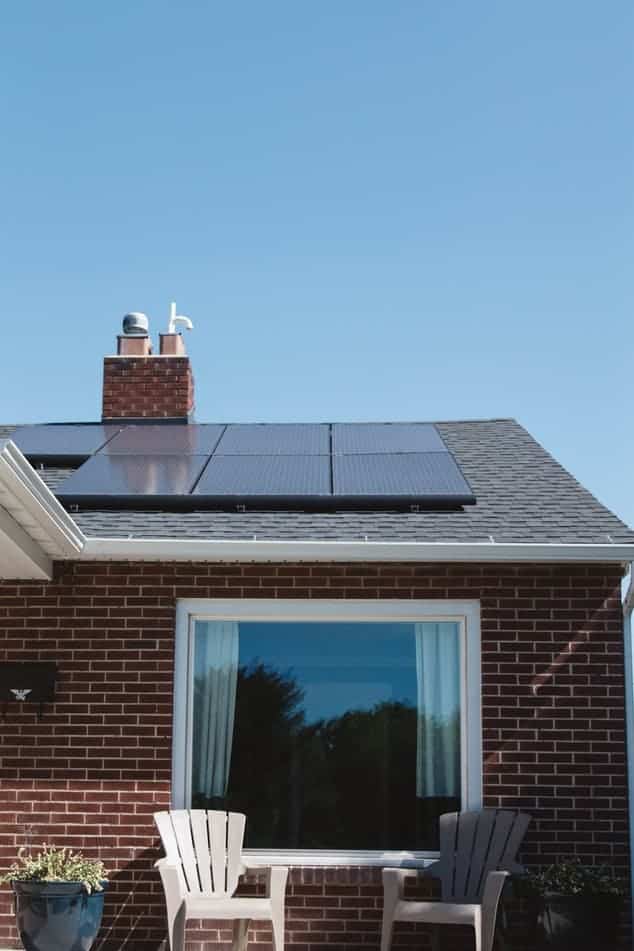
Smart everything
We won’t have cities in the sky for a while, but many cities are already on the cloud. Nowadays, digital infrastructure has become almost as important as regular infrastructure, and data is the new oil. Data gathered by sensors can be used to implement smart solutions that improve traffic and transportation systems, energy consumption, water supply, waste, crime detection, and so on. The information system is also vital for community services such as hospitals and libraries.
Just consider the COVID-19 pandemic: having access to real-time data on hospital and ICU bed usage can save lives by allowing hospitals to better distribute patients and prepare themselves for what’s to come.
A smart city makes efficient use of its resources and infrastructure through big data gathering and artificial intelligence, allocating resources where they are most needed and best used. Having access to data is a key requirement — but this is just the first step.
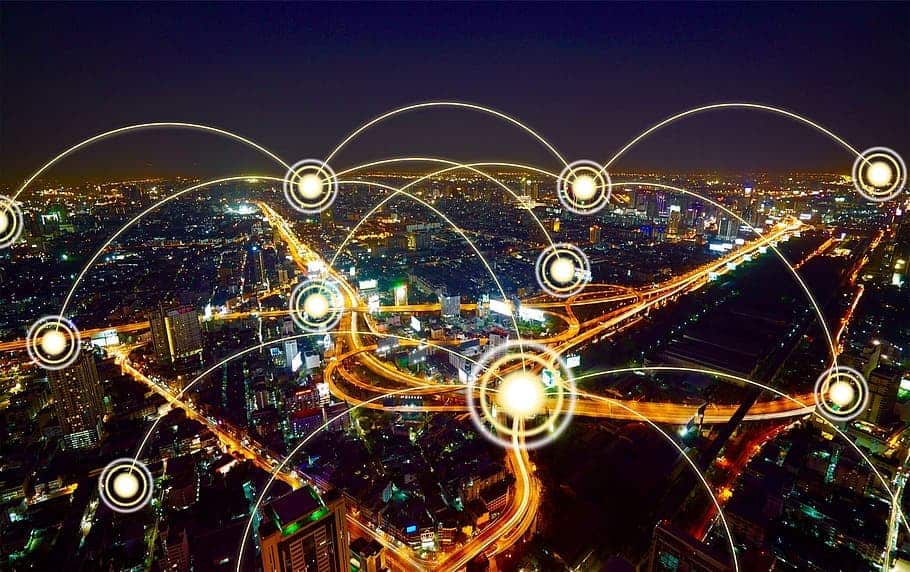
A smart city also encourages local people to become involved in innovation and local governance (often through the use of the internet), improving communication and e-governance. The goal is not to create a top-down system, but rather one that encourages democratic participation. They evolve towards a strong integration of human intelligence and also artificial intelligence.
A smart city is capable of adapting to incoming challenges, be they short-term challenges like heatwaves or pandemics, or long-term problems such as gentrification.
That may sound like wishful thinking, but it’s already happening to some extent in many cities around the globe.
It’s up to us to build better cities
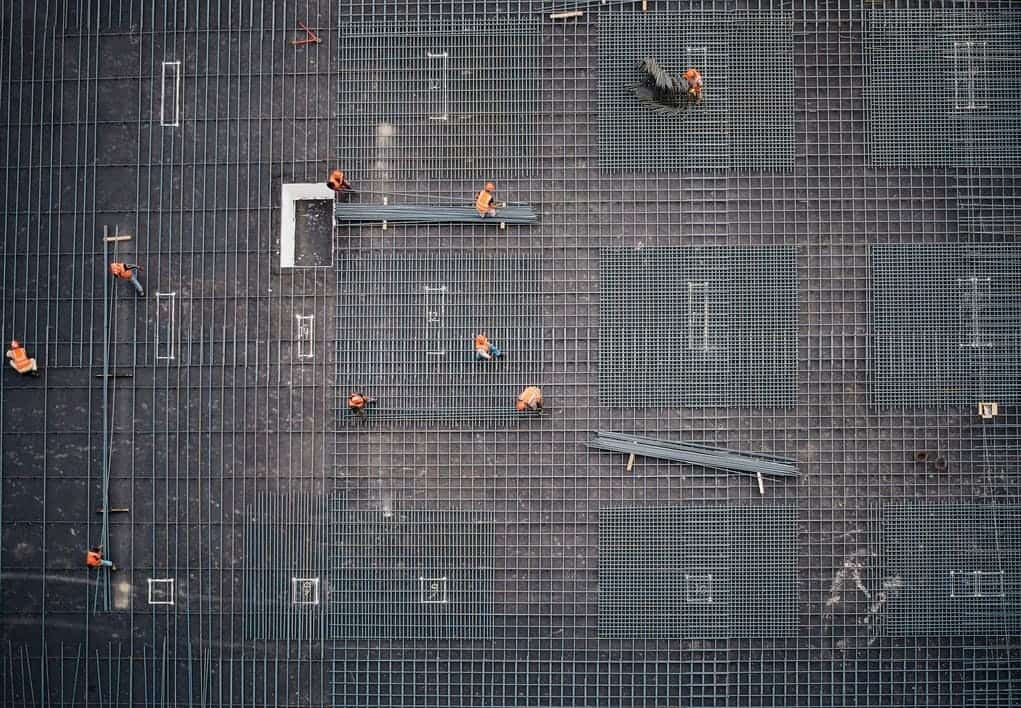
The challenges in building smart, efficient, sustainable, healthy, and livable cities are manifold. We have all the ingredients, but putting them into place is a different challenge altogether. Luckily, we have the best possible ally in this: ourselves and our communities.
Cities aren’t cold, metal, or concrete structures. Cities are people. They should be built by people, for people, and it’s up to all of us to make sure that happens. Whether it’s through civic involvement, our own work, or just doing the right thing when it matters, good cities are inhabited by good people, and there’s no way of going around that. In addition, good cities are also led by good people, and electing the right people is one of our key duties as citizens.
Ultimately, futuristic cities might not be all we imagined them to be. They may have bikes instead of flying cars, interconnected sensors instead of flashy robots — and that’s alright because they could be even more livable and pleasant than we imagined. But they are not without risk. They can use big data for the people, or against the people. They can bridge social gaps or accentuate them. They can make us healthier and happier, or they can be dirty and crime-ridden. Cities are what we make them to be. Let’s make them into something great.


